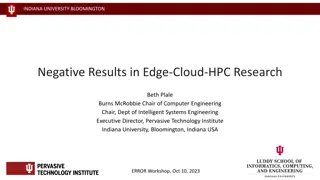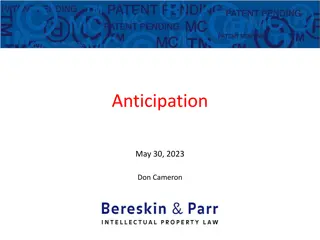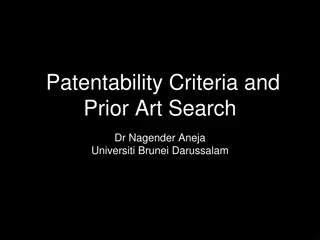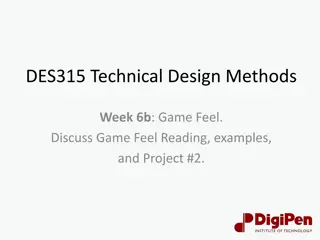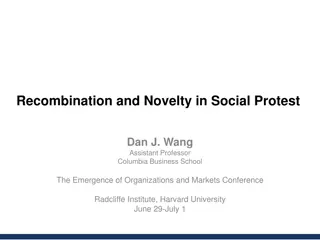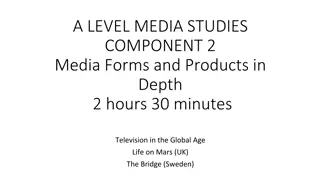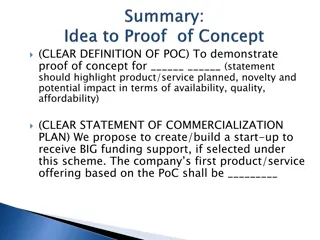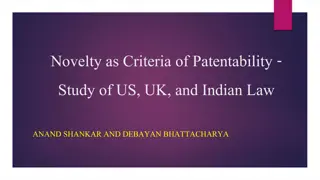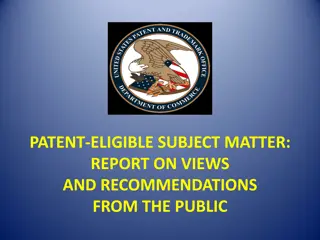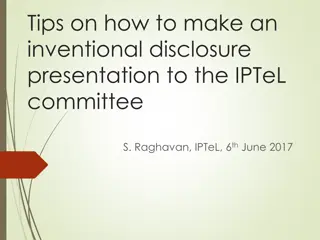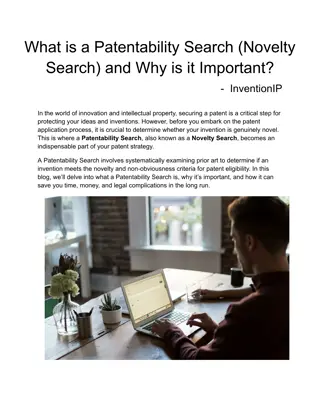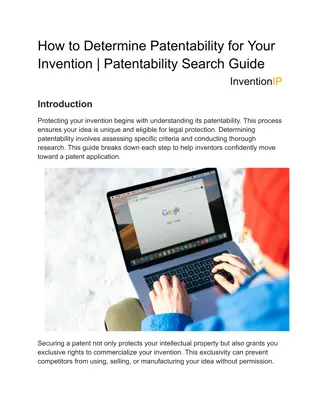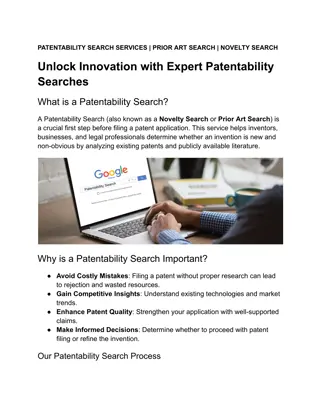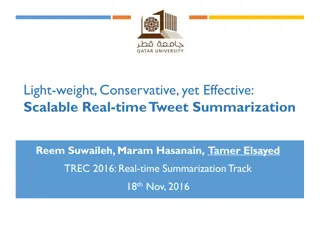
Understanding Patent Law: Concepts and Limitations
Delve into the intricacies of patent law, exploring the concepts of novelty, state of the art, disclosure, and enablement. Learn about common disclosures, exceptions to disclosure, and the purpose of the law in balancing exclusive rights and free competition. Dive into historical cases like Pennock v. Dialogue and Gayler v. Wilder to grasp the importance of novelty in patent applications.
Download Presentation

Please find below an Image/Link to download the presentation.
The content on the website is provided AS IS for your information and personal use only. It may not be sold, licensed, or shared on other websites without obtaining consent from the author. If you encounter any issues during the download, it is possible that the publisher has removed the file from their server.
You are allowed to download the files provided on this website for personal or commercial use, subject to the condition that they are used lawfully. All files are the property of their respective owners.
The content on the website is provided AS IS for your information and personal use only. It may not be sold, licensed, or shared on other websites without obtaining consent from the author.
E N D
Presentation Transcript
NOVELTY CONCEPTS NOVELTY STATE OF THE ART UNIVERSALITY DISCLOSURE ENABLEMENT
COMMON DISCLOSURES PRIOR PATENTS SCIENTIFIC PUBLICATIONS PRIOR USE, PRODUCTS, PRESENTATION TO THE PUBLIC
EXCEPTIONS TO DISCLOSURE INTERNATIONAL EXHIBITIONS 6 months PARIC CONVENTION PRIORITY 12 months ABUSE AGAINST THE APPLICANT 6 months
Purpose of the law By the concept of novelty , the legislator seeks a balance between the exclusive right and free competition. That is, a patent (exclusive right) is granted only for new inventions. It also seeks a balance between the need to provide incentives (in the form of exclusive rights) for the production of new inventions and the need to disseminate technological knowledge. With the presumption in favour of the applicant (First to File), the legislator seeks to encourage the filing of the patent as soon as possible, aiming at the dissemination of knowledge. The first to file is presumed to be the beneficiary. The first to file also acquires priority in time and takes precedence over subsequent applicants. Finally, the first to file causes the invalidity of other inventions filed later for the same technical rule.
PENNOCK v. DIALOGUE, 1829, S.Ct. The invention was initially kept as a trade secret and was commercially exploited. An application for granting a patent was filed at a much later date. It was held that the law provides protection for patents for a specific period of time in order to be surrendered in common use. The practice of holding an invention initially as confidential and then seeking to benefit from the protection of the patent is not lawful because it effectively circumvents - lengthens - the limited duration of the patent. When the application of the patent was filed, the invention was no longer novel / new.
GAYLER v. WILDER, 1850, S.Ct. It involved / concerned a vault mechanism. The technical rule of the protected patent had been previously used by an individual, but only for his own private use, having kept it secret and confidential for his lifetime; upon his death, it was no longer known. It was held that there was no notification and the element of novelty was present indeed. The technical rule was only the private knowledge of a person, who kept it secret, and upon his death, this knowledge was lost.
CITY OF ELISABETH, 1878, S.Ct. The inventor had made experimental use of the invention to confirm its effectiveness. Knowledge of this experimental use had been widely spread. The invention was related to the way of placing materials for paving roads. It was held that even though third parties had knowledge of the invention, the element of novelty was not negated or lost because / due to the fact that this knowledge was the result of experimental use. For the field of experimental use, please see also the later decision EMD v. GE, 2005, F.Cir.: This decision confirmed that experimental use does not catalyze the novelty of the invention, if such experimental use is objectively necessary. The decision listed thirteen factors that help diagnose whether experimental use is deemed necessary.
EGBERT v. LIPPMANN, 1881, S.Ct. The case concerned a support mechanism for women's corsets. The inventor had used for many years the mechanism only on his wife's corsets. It was a purely private use, as the corset is a product that is worn under the clothes and is not visible. At one point, the inventor had also shown the invention privately to a friend. After several years, the inventor filed an application and a patent was granted. On the basis of the patent, he brought an action against the defendant, who had, in the meantime, invented a similar corset support mechanism himself. It was held that the prior use, even if entirely private, constituted a disclosure and that the invention, when the application for patent, was filed, was no longer new. The judgment particularly criticised the lack of interest on the part of the inventor in filing the invention in time.
ROSAIRE v. BARIOD, 1955, FedCir. The invention concerned a technical rule that was previously completely known to another company, which had even conducted private tests for the application of the invention, but that company had neither made use of the invention publicly, nor had it made available products incorporating it, nor did it intend to use it, nor did it keep it secret and confidential. It was considered that there was no element of novelty. This decision is distinguished from Gayler v. Wilder. The reason for the difference is that in Gayler v. Wilder, the person who knew the invention kept it secret and confidential, whereas in this decision, this was not the case.
PFAFF v. WELLS, 1998, S.Ct. An engineer had designed a product upon request of a certain company. He had presented it with drawings of the product and had generally completed all the necessary steps that could lead to a patent application. The product itself had not yet been put on the market. In the end, the patent application was filed much later. It was held that, when the patent application was filed, the invention was no longer new.
ATLAS POWDER v. IRECO, 1999, Fed.Cir. The case concerned an invention for explosives. The description of the later patent differed from the description of the earlier patent only in that it stated that the materials of the invention must be in an adequately ventilated environment. This information, although not mentioned in the earlier patent, was absolutely necessary for the invention to apply and work and the reason it was not explicitly mentioned was that it was entirely self-evident. It was held that the later patent was not new. The reference to the 'ventilated environment' was not sufficient to confer novelty. - See above "Doctrine of inherency".
IN RE KLOPFENSTEIN, 2004, Fed.Cir. Before filing a patent application, the invention had been announced at a scientific conference, although this announcement was not published in the proceedings of the conference, nor in its official programme. It was held that there was notification and that the condition of novelty was not met.



